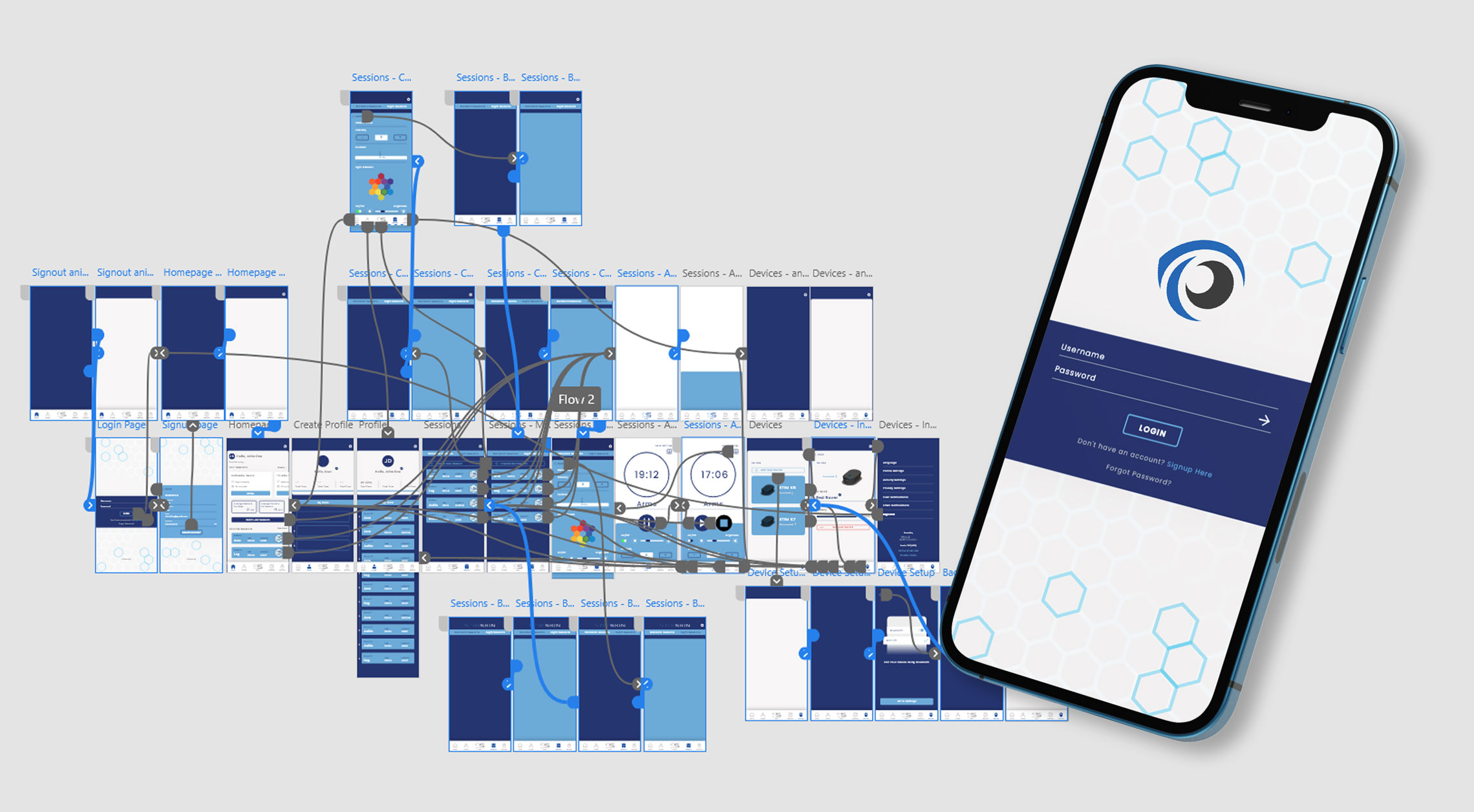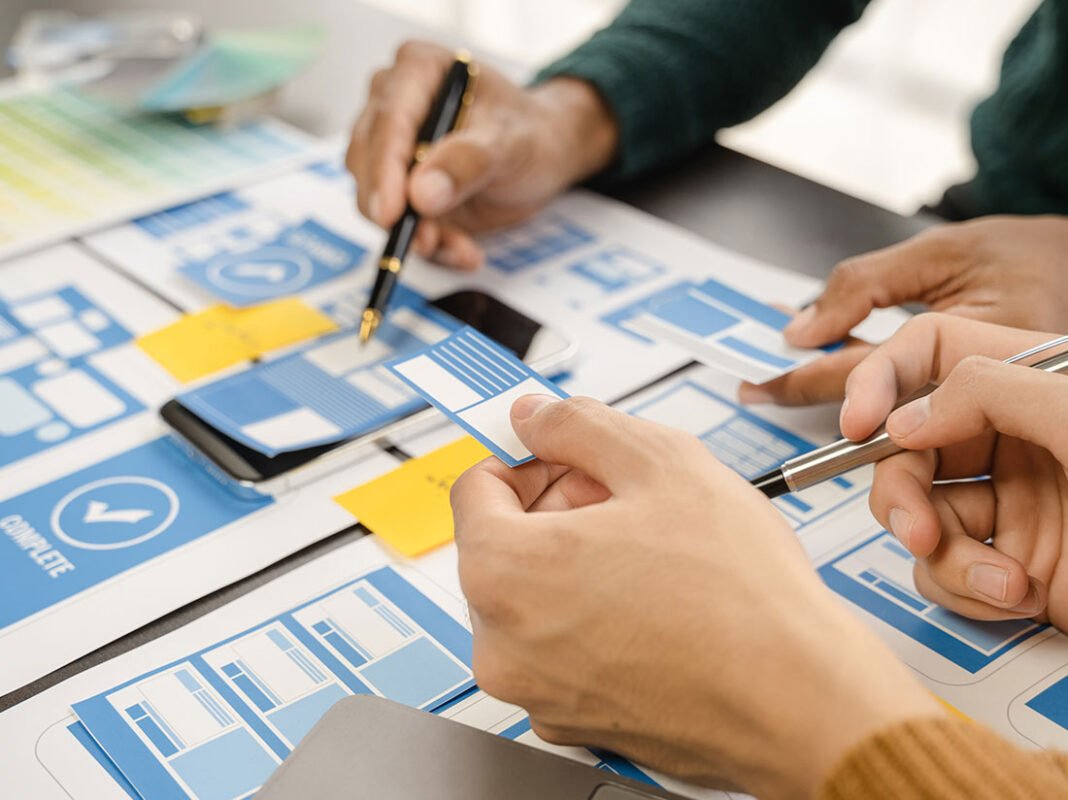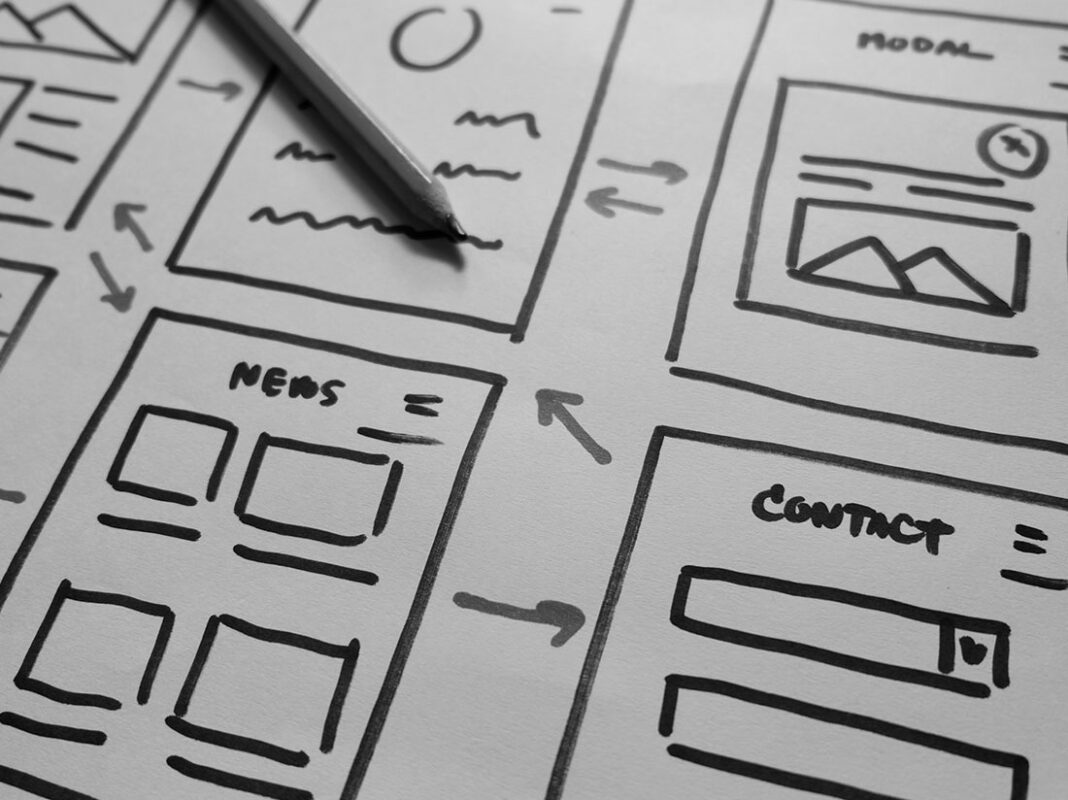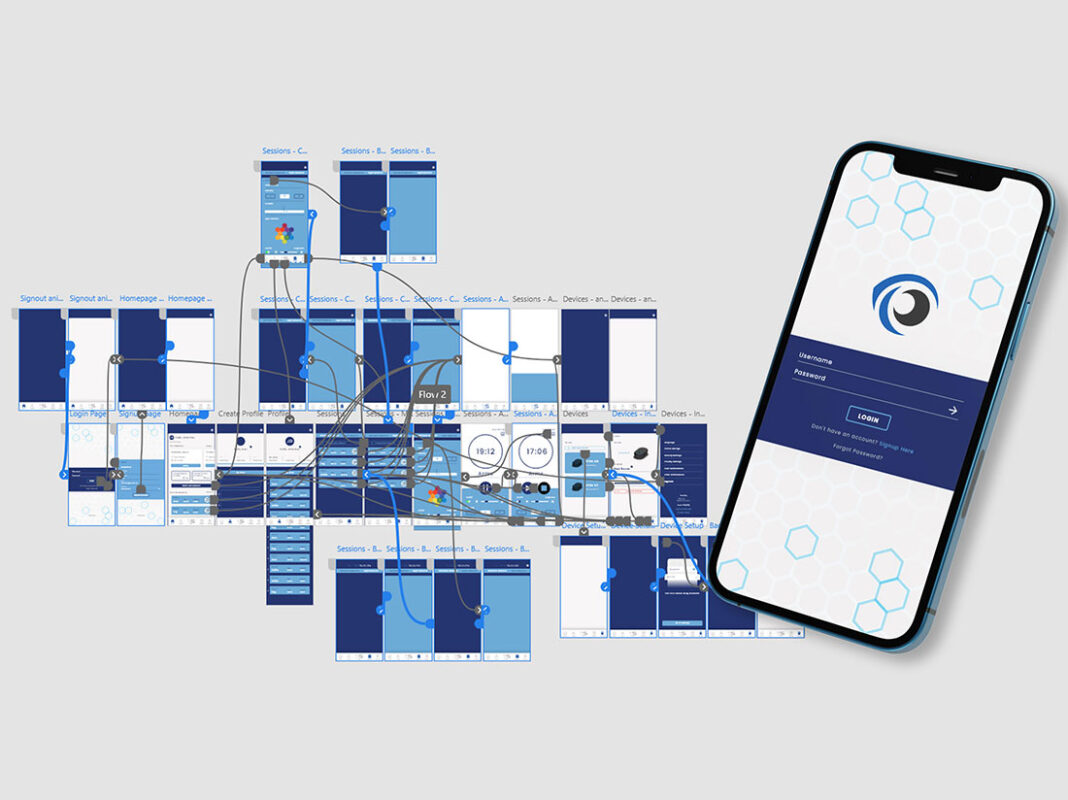
Application development is just as much of a product as all of the physical products we develop. When it comes to application development, it takes a lot of effort from our team as well as the creators. Building an app needs a lot of user feedback in order to successfully launch the product.

“App development is not just about coding; it’s about creating a digital experience that connects people and simplifies their lives. App design and development is important because it enables businesses to reach their customers where they are, and empowers individuals to easily access information and services.”
Founder and CEO – Rodrigo Lima

At Lime Design, we begin every client project with a collaborative meeting and brainstorming session with our talented design and engineering team. We typically do this meeting in-person or video conference. Our goal for this meeting is to talk about your idea and fully understand what it is you want to create. While we learn about your idea, we will provide research and recommendations based on our experience on optimal technologies and components to use for your product. This is also the perfect time to discuss product requirements, business objectives, timeline, budgetary constraints, monetization plans, and product aesthetics.

After our initial meeting together, our team begins researching and studying your competition. Brainstorming is a crucial step when developing an app because it allows us to explore various ideas and identify the most suitable approach for the project. When considering an app’s design and features, it is essential to account for the user’s background, demographic, motivations, pain points, emotions, and life goals. These factors play a significant role in determining what features and functionalities will resonate most with the target audience. By taking the time to brainstorm, we can gain a better understanding of the user’s needs and desires, resulting in an app that is more engaging and useful. By catering to the user’s background, demographic, motivations, pain points, emotions, and life goals, the app can create a positive user experience, leading to increased user satisfaction and loyalty.

A wireframe is a visual representation of an app’s layout which outlines the key features, functions, and content of an app in a simplified way. Wireframes serve as a blueprint for app development, providing a clear and concise plan for designers and developers to follow. We like to use sketching to quickly create wireframes, allowing us to explore and refine ideas without investing too much time or resources. By sketching out different versions of the wireframe, we can consider various design options and choose the most effective approach. Wireframing also helps surface potential issues and opportunities early on, saving time and resources in the long run. Ultimately, wireframes are essential for app development because they provide a clear roadmap for designers and developers, ensuring that your final product meets the needs and expectations of its users.

The next step for app development is to build an app prototype. This is essential process because it allows the team to test the functionality and design of the app before investing too much time and resources in the engineering phase. To build our prototypes we use Adobe XD and or Figma. The app prototype will demonstrate the functions of the app, allowing users to interact with the design and provide feedback on its usability. This feedback can then be used to refine the design, improving the user experience and increasing the app’s chances of success. Ultimately, building an app prototype is critical to the app development process because it allows us to test the functionality and design of the app, improving its overall quality and increasing user satisfaction.

Once the app prototype has been created, the next step is to test the app to identify any issues or areas for improvement. Testing provides valuable feedback on the app’s functionality and usability, allowing us to refine the design and improve the user experience. Testing involves using the app prototype in various scenarios to identify issues that could negatively impact the user experience. Through testing, we can gain insight into how users interact with the app, providing valuable data that can be used to make informed design decisions. Ultimately, testing is a critical step in app development because it ensures that the app is functional, user-friendly, and optimized for success. Once we gather the necessary information for refinements, we will make these changes and review them together. Certain apps may need multiple rounds of refinements.

As your application is being created, the next step is to test the app to identify any issues or areas for improvement. Testing provides valuable feedback on the app’s functionality and usability, allowing us to refine the design and improve the user experience. Testing involves our engineer releasing various beta versions of the app to identify issues that could negatively impact the user experience. Through testing, we can gain insight into how users interact with the app, providing valuable data that can be used to make informed design and functionality decisions. Ultimately, testing is a critical step in app development because it ensures that the app is functional, user-friendly, and optimized for success. Once we gather the necessary information for refinements, we will make these changes and review them together. Certain apps may need multiple rounds of refinements.

Once the app has been tested and refined, our app engineer submits it to the app market for review. The review process can take several days or weeks, during which time the app is evaluated for compliance with the app market’s guidelines and standards. If the app passes the review process, it is published on the app market and made available to the public. The app’s listing on the app market includes information such as its name, description, screenshots, and reviews from users. The app market also provides tools for app developers to track the app’s performance, monitor user feedback, and make updates to the app as needed. Overall, publishing an app to an app market involves careful planning, attention to detail, and adherence to guidelines and standards. By following these steps, app developers can ensure that their app is well-received by users and has the best chance of success in the competitive app marketplace.
Choose your path and either decide to go down the path of Manufacturing or Licensing your product. If you want to pursue manufacturing, we will prepare a proposal for 3D modeling, engineering, prototyping, and manufacturing for your product. If you want to pursue licensing, we will prepare a proposal for us to help you create marketing tools such as 3D modeling, animation, and presentations – which will help give you the tools to license your idea or try to raise funding from investors to further develop your idea.
App development is crucial for product development as it enables businesses to extend their offerings into the digital realm, reaching a wider audience and enhancing user engagement. By creating intuitive and feature-rich applications, companies can provide added value to their products, improving customer satisfaction and loyalty. Additionally, apps facilitate data collection and analysis, allowing businesses to gather valuable insights into user behavior and preferences, which can inform future product iterations and strategic decisions.
The duration of app development varies depending on factors such as the complexity of the app, desired features, development platform, and team size. Simple apps with basic functionalities may take a few weeks to develop, while more complex applications can require several months or even years. Effective project management, clear communication, and adherence to development timelines are crucial for ensuring the timely completion of the app development process.
App development presents unique challenges compared to traditional product development due to factors such as rapid technological advancements, diverse platforms, and evolving user preferences. While both processes require careful planning, design, and testing, app development often involves a faster pace of iteration and adaptation to market demands. However, with the right expertise, tools, and methodologies, navigating the complexities of app development can lead to innovative solutions and successful products in today’s digital landscape.
Are you an inventor with a groundbreaking idea, but unsure of how to turn it into a reality? Look no further! Our product development firm specializes in partnering with inventors like you to bring innovative concepts to market.
Let us be your trusted partner in transforming your vision into a tangible product that revolutionizes the market. Contact us today to schedule a consultation and take the first step towards making your idea a success!
Thank you for showing interest in Lime Design, you can fill out the contact form below and tell us a little about your project and we will contact you to setup a discovery meeting to give you an accurate quote.
Upon completing this form you will be emailed an NDA (mutual non-disclosure agreement), please sign it as soon as you can.


English, Spanish, Portuguese
Copyright @ 2008-2023 | All Rights Reserved | Terms & Conditions

English, Spanish, Portuguese
Copyright @ 2008-2023 | All Rights Reserved | Terms & Conditions